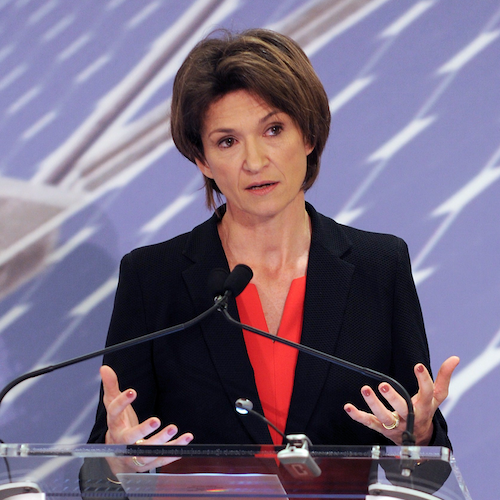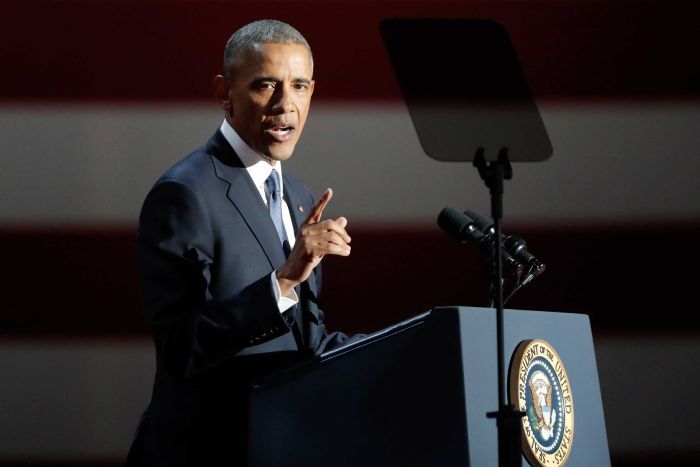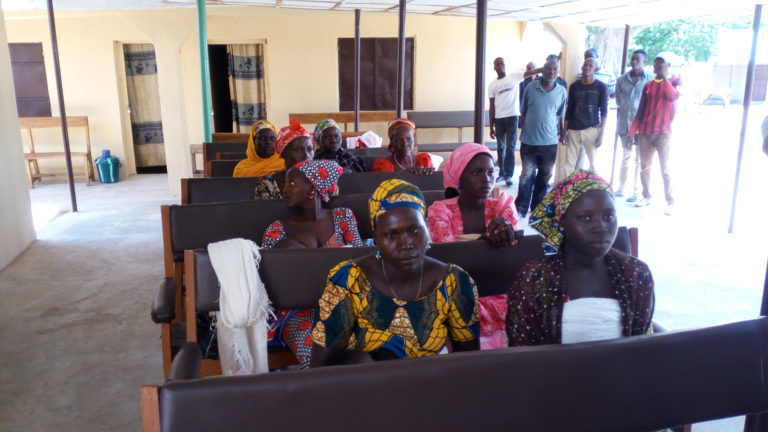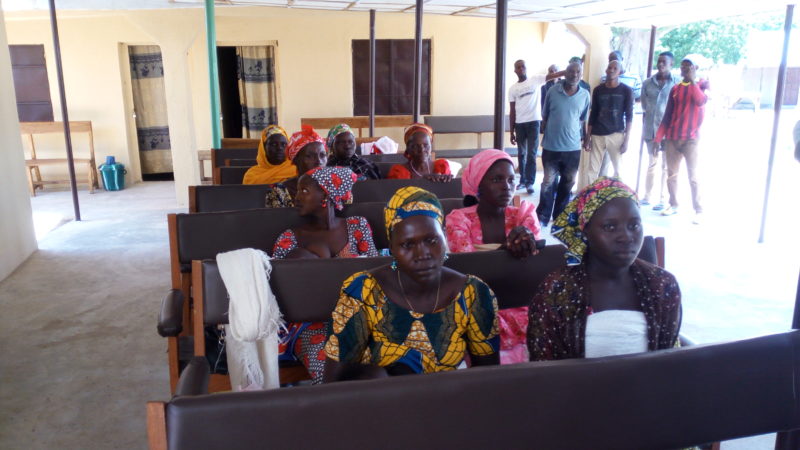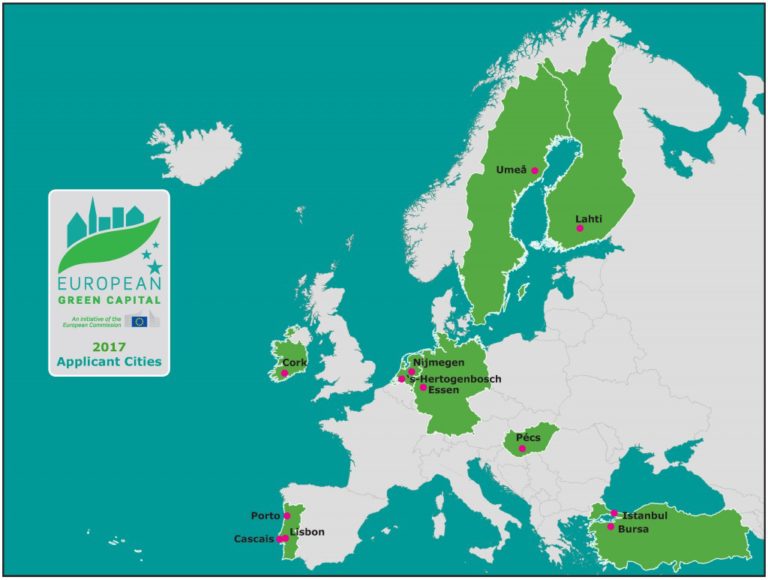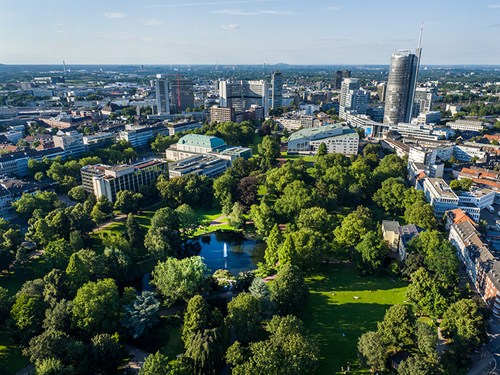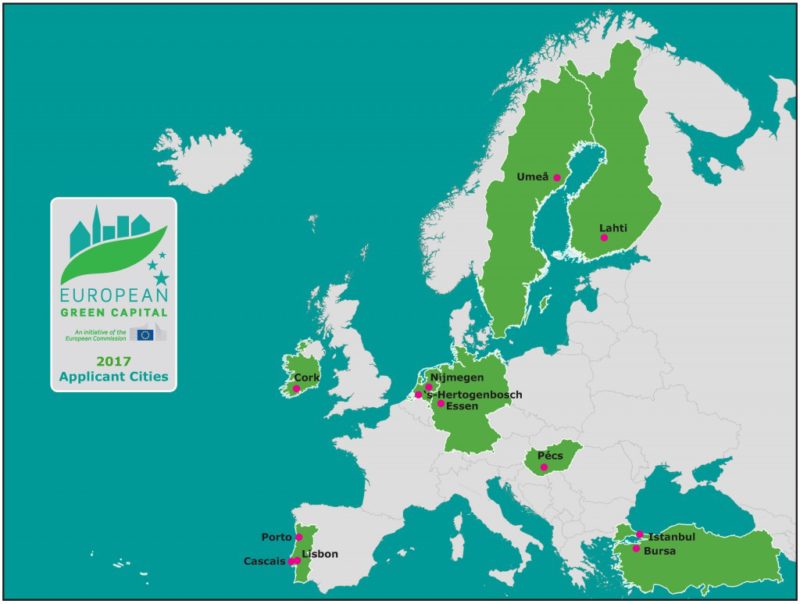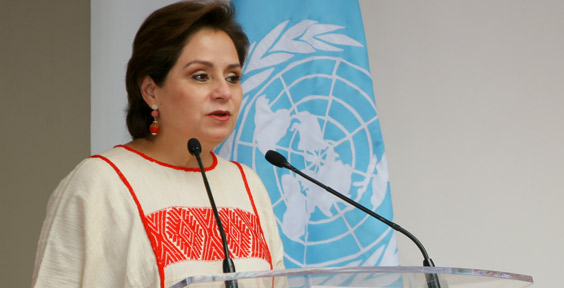Chinese slowdown and falling costs of solar power were two of the reasons global clean energy investment fell 18% in dollar terms in 2016, according to Bloomberg
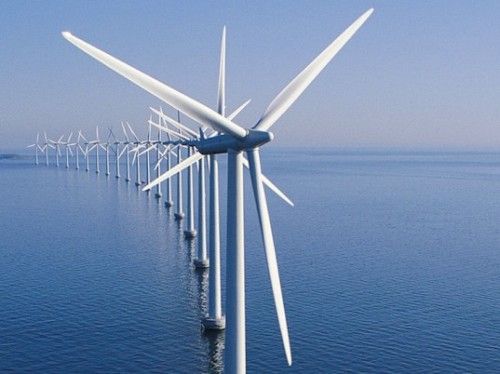
New investment in clean energy worldwide fell 18% last year to $287.5 billion, despite a record year for offshore wind financings, according to the latest authoritative figures released on Thursday, 12 January 2017 by research company, Bloomberg New Energy Finance.
The 2016 setback in global investment, signaled in advance by weak quarterly figures during the course of last year, partly reflected further sharp falls in equipment prices, particularly in solar photovoltaics. However, there was also a marked cooling in two key markets, China and Japan. Clean energy investment in China in 2016 was $87.8 billion, down 26% on the all-time high of $119.1 billion reached in 2015, while the equivalent figure for Japan was $22.8 billion, down 43%.
Justin Wu, head of Asia for BNEF, said: “After years of record-breaking investment driven by some of the world’s most generous feed-in tariffs, China and Japan are cutting back on building new large-scale projects and shifting towards digesting the capacity they have already put in place.
“China is facing slowing power demand and growing wind and solar curtailment. The government is now focused on investing in grids and reforming the power market so that the renewables in place can generate to their full potential. In Japan, future growth will come not from utility-scale projects but from rooftop solar systems installed by consumers attracted by the increasingly favorable economics of self-consumption.”
Offshore wind was the brightest spot in the global clean energy investment picture in 2016. Capital spending commitments to this technology hit $29.9 billion in 2016, up 40% on the previous year, as developers took advantage of improved economics, resulting from bigger turbines and better construction knowhow.
Last year’s record offshore wind tally included the go-ahead for the largest ever project, Dong Energy’s 1.2GW Hornsea array off the UK coast, at a cost of $5.7 billion – plus 14 other parks of more than 100MW, worth anywhere between $391 million and $3.9 billion, in British, German, Belgian, Danish and Chinese waters.
Jon Moore, chief executive of BNEF, commented: “The offshore wind record last year shows that this technology has made huge strides in terms of cost-effectiveness, and in proving its reliability and performance. Europe saw $25.8 billion of offshore wind investment, but there was also $4.1 billion in China, and new markets are set to open up in North America and Taiwan.”
Even though overall investment in clean energy was down in 2016, the total capacity installed was not. Estimates from BNEF’s analysis teams are that a record 70GW of solar were added last year, up from 56GW in 2015, plus 56.5GW of wind, down from 63GW but the second-highest figure ever.
Geographical split
Clean energy investment in the US slipped 7% to $58.6 billion, as developers took time to progress wind and solar projects eligible for the tax credits that were extended by Congress in December 2015. Canada was down 46% at $2.4 billion.
Investment in the whole Asia-Pacific region including India and China fell 26% to $135 billion, some 47% of the world total. India was almost level with 2015, at $9.6 billion, with several giant solar photovoltaic plants going ahead.
Europe was up 3% at $70.9 billion, helped by offshore wind and also by the biggest onshore wind project ever financed – the 1GW, $1.3 billion Fosen complex in Norway. The UK led the European field for the third successive year, with investment of $25.9 billion, up 2%, while Germany was second at $15.2 billion, down 16%. France got $3.6 billion, down 5%, and Belgium $3 billion, up 179%, while Denmark was 102% higher at $2.7 billion, Sweden up 85% at $2 billion and Italy up 11% at $2.3 billion.
Among developing nations, many saw investment slip as projects that won capacity in renewable energy auctions during 2016 did not secure finance before the year-end. Investment in South Africa fell 76% to $914 million, while that in Chile dropped 80% to $821 million, Mexico fell 59% to $1 billion and Uruguay 74% to $429 million. Brazil edged down 5% to $6.8 billion.
One of the emerging markets to go the other way was Jordan, which broke the $1 billion barrier for the first time, its clean energy investment increasing 147% to $1.2 billion in 2016.
2016 investment by category and sector
The biggest category of investment in clean energy in 2016 was, as usual, asset finance of utility-scale renewable energy projects. This totalled $187.1 billion last year, down 21% on 2015. The biggest seven financings were all in offshore wind in Europe, but there were also large deals in Chinese offshore wind (the Hebei Laoting Putidao array, at 300MW and an estimated $810 million), in solar thermal (the 110MW, $805 million Ashalim II Negev plant in Israel), solar PV (the 580MW, 31 Dominion SBL Portfolio in the US, at an estimated $702 million), biomass (the 299MW, $841 million Tees project in the UK) and geothermal (the ENDE Laguna Colorada installation in Bolivia, at 100MW and $612 million).
Among other categories of investment, small-scale projects of less than 1MW – including rooftop PV – attracted 28% less investment than the previous year, the 2016 total finishing at $39.8 billion. Most of this year-on-year drop reflected falling costs of solar systems rather than a decline in interest from buyers.
Public markets investment in quoted clean energy companies was $12.1 billion in 2016, down 21%. Most cash was raised by Innogy, the renewable power offshoot of German utility RWE, which secured just over $2.2 billion of new money in an initial public offering, and BYD, the Chinese electric vehicle maker, which took just under $2.2 billion via a secondary share issue.
Venture capital and private equity investment in clean energy firms rose 19% to $7.5 billion, with the largest rounds coming from two Chinese electric vehicle businesses, Le Holdings and WM Motor Technology, raising $1.1 billion and $1 billion respectively. US solar developer Sunnova took the third most, at $300 million.
Corporate research and development spending on clean energy fell 21% to $13.4 billion, while government R&D moved up 8% to $14.4 billion. Last but not least, asset finance of energy smart technologies surged 68% last year to $16 billion, helped by a jump in global smart meter spending, from 8.8 billion in 2015, to $14.4 billion.
Taking all categories of investment into account, solar was the leading sector once again, at $116 billion, but this was 32% down on 2015 levels, due in large part to lower costs per MW. Wind saw $110.3 billion invested, down 11%, while energy smart technologies attracted $41.6 billion, up 29%, biomass was more or less level on 2015 at $6.7 billion, and biofuels secured just $2.2 billion, down 37%. Small hydro showed a 1% dip in investment to $3.4 billion, while low-carbon services attracted $4.3 billion, up 5%, geothermal $2.7 billion, up 17%, and marine energy $194 million, down 7%.
Record acquisition activity
Also measured by BNEF, but not included in the figures for new investment, is acquisition activity in clean energy. This totaled $117.5 billion in 2016, up from $97 billion in 2015 and the first time this has broken the $100 billion level. Behind the surge was a rise in renewable energy project acquisitions to $72.7 billion and, in particular, a leap in corporate M&A to a record $33 billion. The top takeovers included Tesla’s acquisition of SolarCity for $4.9 billion and Enel’s buy-back of the minority holders in Enel Green Power for $3.5 billion.




